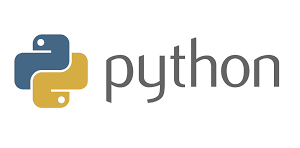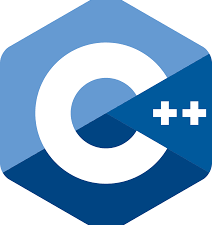Become a Certified Web Developer: HTML, CSS and JavaScript
Becoming a Certified Web Developer involves mastering several key technologies. Let’s break down the concepts for each of the three main components:
- Description
- Curriculum
- Reviews

Becoming a Certified Web Developer involves mastering several key technologies. Let’s break down the concepts for each of the three main components:
-
HTML (Hypertext Markup Language):
- HTML is the backbone of web pages. It defines the structure and content of a webpage using tags.
- Key concepts:
- Tags: Elements like
<p>,<h1>,<a>, etc., define different parts of a webpage. - Attributes: Modify the behavior of HTML tags (e.g.,
hrefin<a>for hyperlinks). - Semantic HTML: Properly using tags to convey meaning (e.g.,
<header>,<nav>,<footer>). - Forms: Creating input fields, buttons, and handling user input.
- Tags: Elements like
-
CSS (Cascading Style Sheets):
- CSS enhances the visual presentation of HTML elements.
- Key concepts:
- Selectors: Target specific HTML elements (e.g.,
h1,.class,#id). - Properties: Define styles (e.g.,
color,font-size,margin). - Box Model: Understanding padding, margin, and borders.
- Responsive Design: Creating layouts that adapt to different screen sizes.
- Flexbox and Grid: Layout systems for positioning elements.
- Selectors: Target specific HTML elements (e.g.,
-
JavaScript:
- JavaScript adds interactivity and dynamic behavior to web pages.
- Key concepts:
- Variables and Data Types: Storing and manipulating data.
- Functions: Reusable blocks of code.
- DOM (Document Object Model): Interacting with HTML elements.
- Events: Responding to user actions (e.g., clicks, form submissions).
- AJAX: Asynchronous communication with servers.
- ES6+: Modern JavaScript features (e.g., arrow functions,
letandconst).
Remember that practice is essential. Build small projects, experiment, and explore real-world examples. Good luck on your web development journey!
Please, login to leave a review









